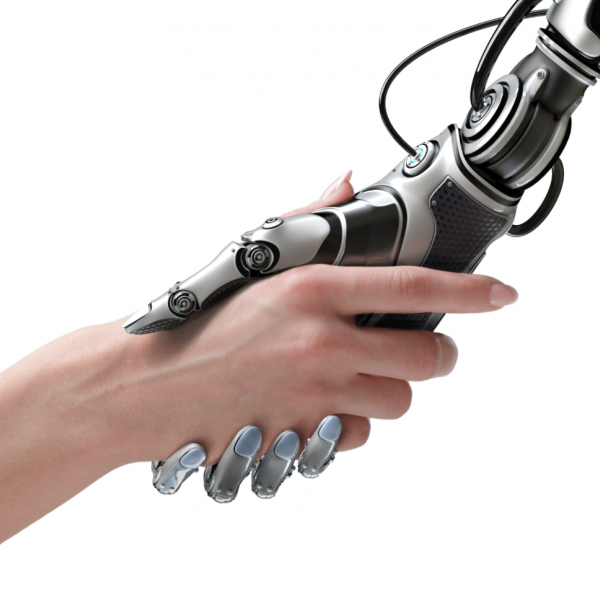Social pedestrian navigation, such as walking down a crowded sidewalk, is something humans take for granted, but the actual process is quite sophisticated – especially if you’re a robot.
Helping to solve competent robot navigation through crowded human spaces was the topic of a research presentation by Cornell computer science professor Ross Knepper and doctoral student Christoforos Mavrogiannis at the International Workshop on the Algorithmic Foundations of Robotics, Dec. 18-20 in San Francisco.
“The key insight to the research is that we’re trying to minimize uncertainty when people are around a robot that’s moving,” said Knepper. “In a human pedestrian situation, we all implicitly trust each other to behave in a competent manner. If I move right in a hallway, you will mirror that behavior. Building this same trust in robots is non-trivial because trust comes with prediction. There will be a smooth, socially competent experience if I trust the robot will go by me.”
The researchers realized that humans’ navigational patterns could be modeled using the topological concept of braids: pedestrians’ paths can be thought of as strings in space-time that are woven together and form a pattern.
“This leads to a framework that can consider possible alternatives – patterns so a robot can conceive what the human may be thinking in terms of which way to go, analyze the possible intention and come up with a compatible navigational strategy,” Knepper said.
According to Knepper, this is also useful in combating the novelty effect with new technology.
“When you see a robot, it’s really exciting and exotic,” he said, “but when that wears off you don’t know what to do with robots unless they are useful, and part of being useful is people’s comfort with robots.”
One of the most basic behaviors for comfort with robots is human pedestrian navigation.
“Overcoming mistrust is the goal,” said Knepper. “As robots become more aware, we’d like them to understand more deeply the ways in which humans react. If you understand the language of motion that people naturally speak, you can use that to a robot’s advantage. It all leads to a smoother interaction for humans and robots.”



